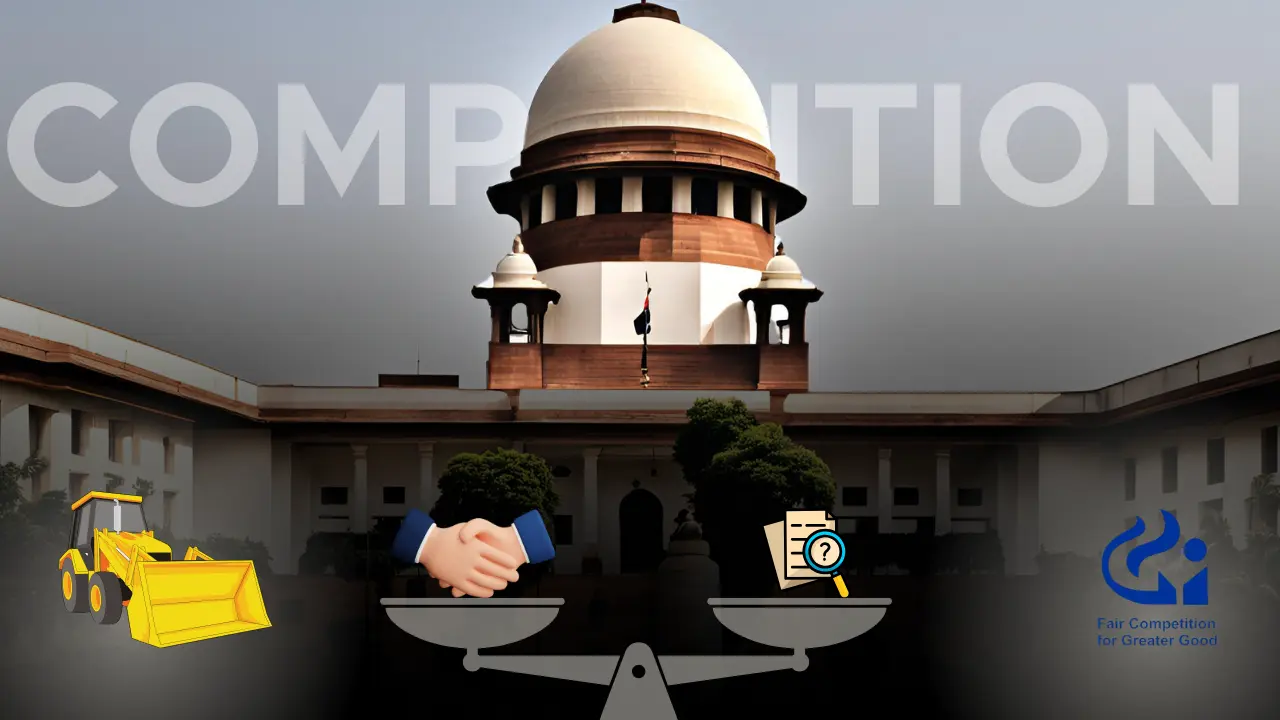Introduction
Recently the Bombay High Court in Kartik Radia v. BDO India LLP and Anr.1 (Kartik Radia Judgement) has held that Non-signatory status does not preclude an LLP from being a party to arbitration between its partners. In its adjudication, the court centered its analysis on two key areas: the statutory framework of the Limited Liability Partnership Act, and its interplay with the said agreement’s clauses, and the principles of Indian law regarding the binding effect of arbitration agreements on non-signatories.
LLP Act and its implication on the LLP Agreement
The respondents’ stance hinged on the notion that the LLP was a “third party,” unrelated to the agreement between the partners, and therefore not bound by its arbitration mandate. They pointed to Section 23 of the LLP Act, which delineates agreements “among partners” versus those “between the LLP and its partners,” suggesting a deliberate exclusion of the LLP if the agreement is “among partners” . But does this distinction hold water? And does it truly absolve the LLP from arbitration obligations?
The court’s fundamentally refuted the idea of the LLP as a “third party,” underscoring that the LLP’s very existence and operation are the bedrock of the LLP Agreement, a mandatory charter document akin to a company’s Articles of Association. But, how did the court reconcile this with the respondents’ reliance on Section 23 of the LLP Act? To unravel the respondents’ reliance on Section 23. The court meticulously examined the rigors of Section 23. The section essentially specifies the framework for the relationship between partners and the LLP, allowing for agreements that define their mutual rights and duties. While it seemingly offers two avenues—agreements solely among partners and those encompassing the LLP—the court clarified that this distinction doesn’t alter the fundamental nature of the LLP’s involvement. Even if an agreement is ostensibly “among partners,” it inherently governs the LLP’s operations.
Furthermore, what happens when agreements are silent? The court clarified that Section 23(4) and the First Schedule of the LLP Act step in to fill any gaps, mandating that in the absence of specific agreements, the First Schedule dictates the mutual rights and duties, including arbitration of disputes. Specifically, Item 14 of the First Schedule provides for mandatory arbitration of disputes among partners arising out of the LLP agreement, thereby creating a statutory arbitration agreement. This provision applies regardless of whether the LLP is a signatory or not. Therefore, the statutory framework of the LLP Act, in conjunction with the Arbitration Act, compels the LLP to adhere to arbitration provisions related to its own operations.
But what about disputes that seem to fall outside the direct scope of the LLP agreement, such as those involving managing partners, former partners, or defamation claims?
The court addressed the argument that a notice addressed to the managing partner indicated a personal dispute, stating that such actions are inherently linked to the LLP’s conduct. Similarly, the court rejected the notion that disputes of a former partner or defamation claims were non-arbitrable, clarifying that these matters fell within the Arbitral Tribunal’s purview. In essence, the court dismissed the respondents’ objections as attempts to obstruct arbitration, emphasizing the necessity of a purposive interpretation of both the LLP Act and the Arbitration Act to ensure swift and effective dispute resolution.
Indian law regarding the binding effect of arbitration agreements on non-signatories
While the court determined that the dispute at hand didn’t necessitate applying the principles of privity for non-signatories, as the LLP was not considered a third party to its own agreement, it still acknowledged the well-developed nature of Indian law on this subject. This legal framework, notably articulated in Cox and Kings Ltd. vs. SAP India Pvt. Ltd.2, (Cox and Kings judgement) provides crucial guidance. Therefore, despite its immediate irrelevance to the present case, a brief exploration of the legal principles established thereby is warranted to provide a broader understanding of the prevailing jurisprudence.
The Supreme Court in Cox and Kings judgement, while ostensibly addressing the Group of Companies Doctrine, fundamentally focused on the accountability of non-signatories in arbitration. The court sought to clarify the phrase “claiming through or under” in the Arbitration and Conciliation Act, and whether it implied legislative acceptance of the Group of Companies Doctrine. Recognizing the doctrine’s established presence in Indian jurisprudence, the court drew on Swiss precedents that permit binding non-signatories, contrasting this with English and Singaporean law.
The judgment departed from earlier interpretations that strictly required “formal consent” and limited “party” to signatories. It acknowledged “exceptional circumstances,” particularly “composite transactions” involving interconnected multinational entities, where non-signatories could be bound. The court emphasized “implied consent” through the parties’ intention and surrounding circumstances, aiming to ascertain the underlying business intent. This approach departed from strict adherence to privity of contract, recognizing that modern multinational structures often require subsidiaries to perform contractual obligations.
Ultimately, the court held that the Group of Companies Doctrine, far from contradicting party consent and privity, gives effect to “mutual intent and autonomy.” It interpreted “party” in the Arbitration Act to encompass non-signatories, where intent and circumstances establish a legal relationship with the contract. Crucially, the five-judge bench harmonized the definitions of “parties” in sections 2(1)(h) and 7 of the Arbitration and Conciliation Act, 1996 , effectively embedding the Group of Companies Doctrine within the legislative framework and enabling non-signatories to be bound by arbitration agreements when the commercial realities of the transaction necessitate it.
Conclusion
In Kartik Radia Judgement, the Bombay High Court’s ruling establishes a crucial precedent, clarifying that an LLP’s non-signatory status to its LLP Agreement does not preclude its participation in arbitration between partners. This decision effectively aligns the statutory framework of the LLP Act with the Arbitration and Conciliation Act, ensuring that LLPs, as fundamental entities within their agreements, are bound by arbitration clauses even without direct signature. This judgment also reinforces the principle that arbitration should be a swift and effective mechanism, dismissing obstructive tactics and emphasizing a purposive interpretation of the law. Moreover, the court’s analysis of Cox and Kings judgement clarifies the broader legal landscape concerning non-signatories, signaling a move towards recognizing implied consent and the commercial realities of complex business structures.
The future implications of this judgment are significant, potentially leading to a wider acceptance of non-signatory participation in arbitration within LLPs and similar entities. This could streamline dispute resolution, avoiding protracted legal battles over technicalities. However, it also raises a hypothetical question: How will courts balance the necessity of binding non-signatories in complex commercial transactions with the fundamental principle of contractual consent, especially in cases where the non-signatory’s involvement is less direct or where the commercial intent is ambiguous?
- Kartik Radia v. BDO India LLP and Anr. (2025 LiveLaw (Bom) 85)
- Cox and Kings Ltd. vs. SAP India Pvt. Ltd. (2024) 4 SCC 1






